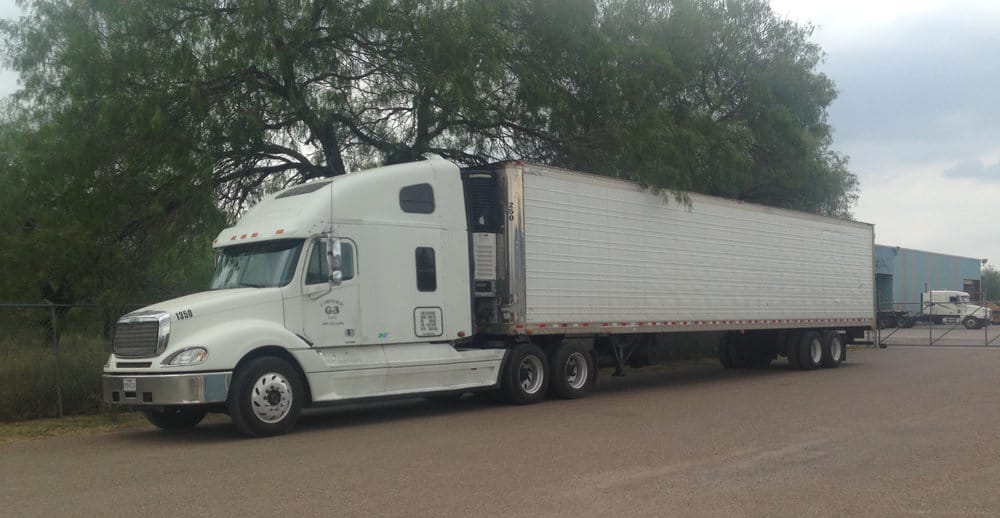
More than a month ago, FreightWaves noted how the delivery service that can make it to the customer first, wins more business. Apparently, it is no longer the only reason couriers and shippers are still in the race for freight forwarding supremacy as Supply Chain Dive found out.
Access to quicker delivery options has boomed sales of perishable commodities like frozen pizza and ice cream. These items are flying off the shelves among Amazon Fresh’s top commodities. This was confirmed by Rachal Snider. Snider is the vice president of the customer supply chain at 3PL company AFN.
A trend leading to the scorching sales of frozen products started way back when Snider was still a senior manager for the customer supply chain at Kraft Heinz. The latter company worked in the past with Amazon Fresh. The transactions led to Snider forecasting that “the need for temperature-controlled distribution is getting closer and closer to the customer.”
It was a demand spurned by Amazon’s discovery that in order to boost the profits of Amazon Prime Now’s delivery service along with the Fresh Direct brand, it had to have a strong cold chain network. And Amazon had to purchase Whole Foods to gain entry to better distribution and facilitation methods to get Amazon Fresh going, according to Snider.
The potential of the global cold chain market is valued at $271B by 2022.
The notable big players that got most pundits to give this trend a second look are Hapag-Lloyd and UPS. While UPS acquired North Carolina-based Marken to gain entry into the temperature-controlled supply chain business, German shipping company Hapag-Lloyd bought 7,700 air temperature controlled containers. One thousand of the 7,700 containers are noted to be developed to lengthen the produce’s shelf lift by delaying the ripening process.
With retail customers having the option to turn down a shipment for receiving the goods in a bad state, Chicago-based Jewel-Osco’s decision to buy trucks “with compartments of varying temperatures” seemed like a visionary approach to expand its online business. Giving customers the option to purchase grocery items – including ice cream, frozen pizza and organic produce – means ensuring that the customers receive the ordered items as fresh as they saw it online.
The Food Safety Modernization Act also served as a factor in getting these cold chain supply methods put into practice. It provided the guidelines needed to be implemented by freight forwarding companies when shipping food, leading to technological advancements in temperature tracking for items shipped that needed to be delivered before spoilage occurs.
Stay up-to-date with the latest commentary and insights on FreightTech and the impact to the markets by subscribing.










